Whoever came up with this idea is a genius. How about taking a group of accomplished game composers and pairing them with talented anime vocalists and seeing what they come up with? That’s exactly what Message is, and it has yielded wondrous results. I was excited when it was announced, and completely satisfied after hearing it.
While I admit I’m not too familiar with anime vocalists, I’m sure you know most of the game composers involved, including Motoi Sakuraba, Kenji Ito, Shinji Hosoe, Yoko Shimomura, and Norihiko Hibino, just to name a few. As far as style goes, classical, experimental, cinematic, pop, and retro are just a few of the adjectives you can use to describe Message.
Read about what you’re missing after the jump.
It’s not often that I’m able to say that I like every track on an album. I guess it helps that there are only 11 here, covering 54 minutes of music, but I’m impressed by the result of this experiment. Now, with 11 vocalists, you’re likely to find one that annoys you, but interestingly enough, the music in these tracks seems to make up for these rare vocal…deficits, as we’ll call them.
Motoi Sakuraba and vocalist Haruka Shimotsuki open with “Image ~shinzou~,” a beautiful orchestral creation that features some amazing vocal harmonies and ascending piano builds that give the piece a regal feel. This is yet another show of Sakuraba’s softer side. Next up, my personal favorite, “I kobota,” comes via Nobuyoshi Sano and vocalist yozuca*. It’s a funky piece with jazzy piano chords and vocals alongside groovy synthesized bass and a synthesized lead that is used for a little call and response with the vocalist, which is a nice touch. Sano always manages to impress me on these collaboration projects.
Kenji Ito offers a touching orchestral ballad titled “Melody” with vocalist Duca, opening with a beautiful string segment before piano and Duca take center stage. It actually sounds a lot like a television drama theme song, as it’s brimming with emotion. Shinji Hosoe doesn’t disappoint either, with a quirky retro track with chippy samples and Rita’s high pitched vocals. It definitely belongs in an anime for sure. Hosoe doesn’t let Rita have all the fun, however, as his squawky synthesized lead gets in an amazing (but brief) solo about midway through the piece. This one is a lot of fun.
So, “Angelic” is next, and can you guess what kind of song Noriyuki Iwadare wrote? Yeah, it’s an insanely upbeat jazz tune complete with brass and jazz organs. Singer Kanako Ito has a great voice, but the “La la la la la” sections do tend to get old after awhile. Ken Nakagawa (who I’m actually not familiar with) is next with “Carried by your voice,” a lullaby-esque piano track with traditional Japanese instruments and some cool compositional showmanship at times. Vocalist Yuduki’s voice is very soothing throughout.
Motoaki Furukawa teams up with Rekka Katakiri for “Young Etranger,” which is an upbeat rock tune. Katakiri’s voice is a bit whiney for my tastes, but I dig the melody that reminds me of the first stage of Little Nemo on the NES at times. “Moon” by Yoko Shimomura and vocalist Marie is another favorite of mine, taking on a sort of ethnic flair with rhythmic percussion, face-paced piano melodies, and violins. Some of the guitar work and the use of the accordion sound a lot something you’d hear at a Mediterranean café.
Finally you’re in for a taste of J-pop courtesy of composer Hijiri Anze and singer Chata. The track title, “Weep,” gives it away, as it’s a pretty emotional track. The production values are great, as one would expect from a pop song. Next, the moment many of you have been waiting for, Yoshitaka Hirota takes on vocalist Noriko Mitose with bizarre results in “One-Winged Bird.” A sort of industrial, distorted bass pad is the foundation for the mesmerizing chant like vocal stylings of Mitose. Weird, distorted vocal chanting sits in the background while a clearer vocal line offers only a single syllable per quarter note, creating a choppy and unsettling progression that works well with the music. Hirota gives Mitose a moment to shine, however, as she belts out some normal sounding lines during the chorus sections.
The last track on the album is the longest, titled “Silent Message.” It’s a rather epic journey composed by our own Norihiko Hibino and singer Veil∞Lia. The song is broken into segments that each tell a progressing musical story. Hibino is true to his philosophy on sound, and lets Veil∞Lia’s voice dominant with little musical interference at times, while taking moments here and there to let the music shine through. It feels like a movie opener, with all the emotional twists and turns that one would expect.
So yeah, it’s all good stuff. I actually hate to write about every track on an album, but I just couldn’t help myself. It was the only way to convey the diversity contained within Message. It’s definitely an experiment that has paid off, as the music here is some of the best of 2008. Even the packaging is experimental, with the case opening from the left, and the cover art being replaced by a barcode and text printed directly on the jewel case! TEAM Entertainment should definitely try something like this again in the future, and bring in composers Miki Higashino and Yasunori Mitsuda while they’re at it! Grab it at CD Japan and Play Asia while it’s still available.
What do you think of the approach of combining game composers with anime vocalists? Do you have a dream match that you’d like to see work together in the future?
Tags: Collaborations, Hibino, Iwadare, Kenji Ito, Message, Music Reviews, Reviews, Sakuraba, Sano, Shinji Hosoe, TEAM Entertainment, Yoko Shimomura, Yoshitaka Hirota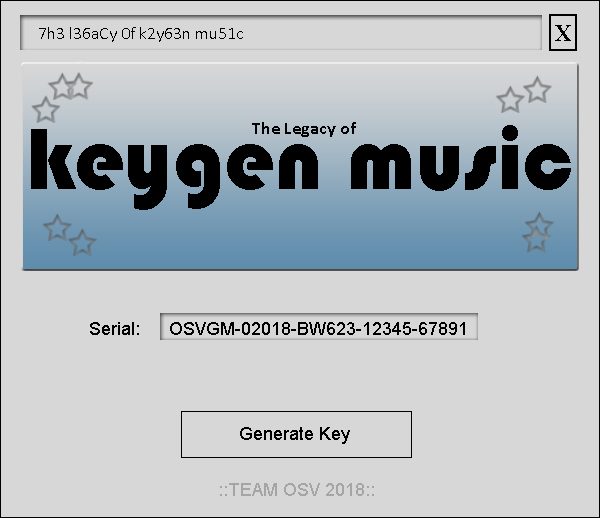
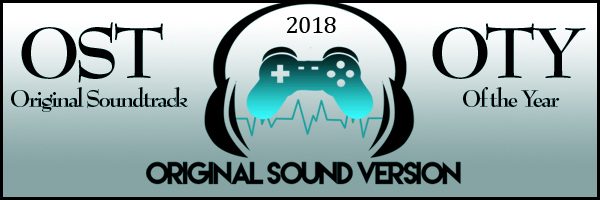
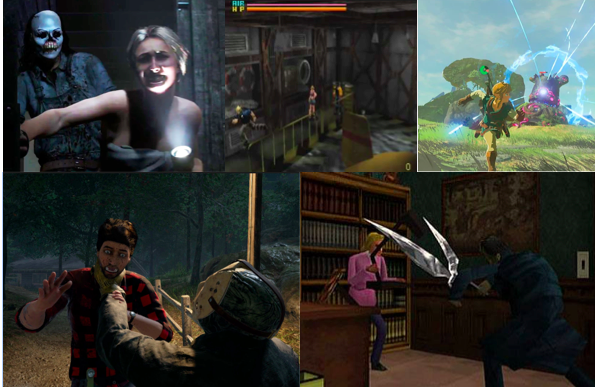
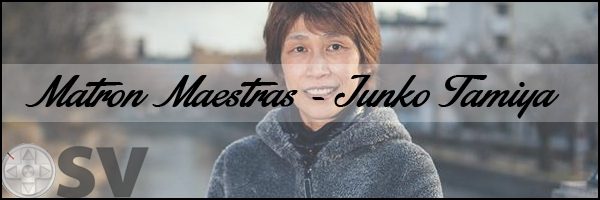
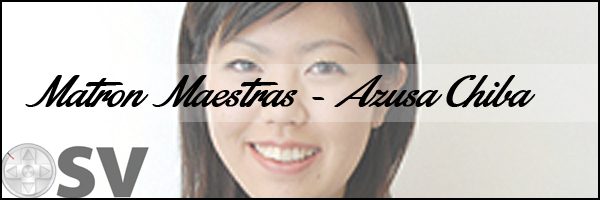
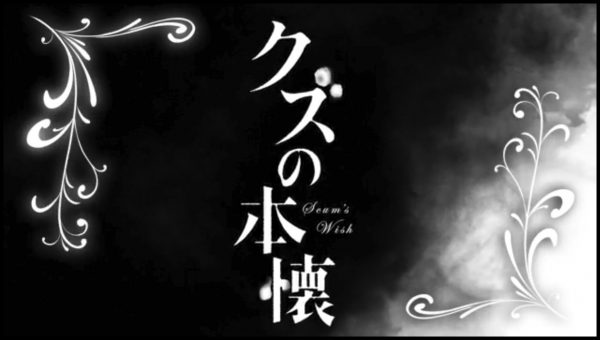
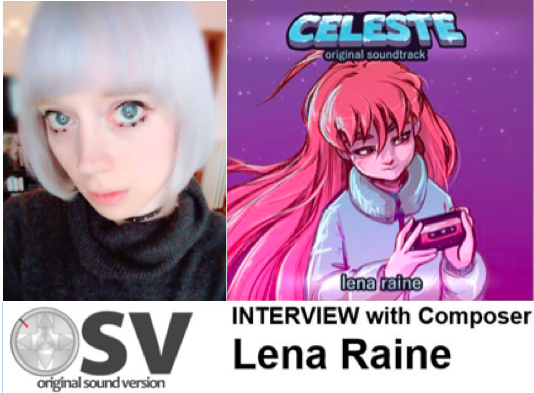

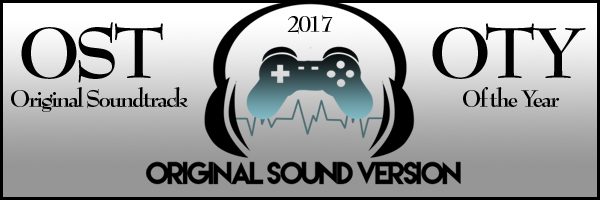
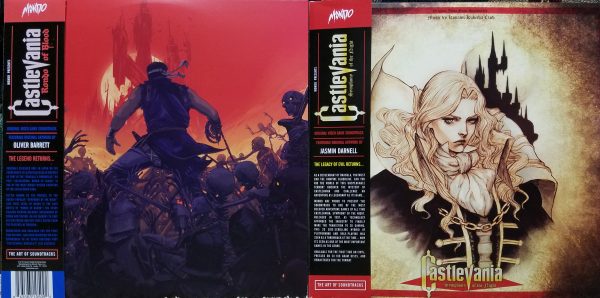
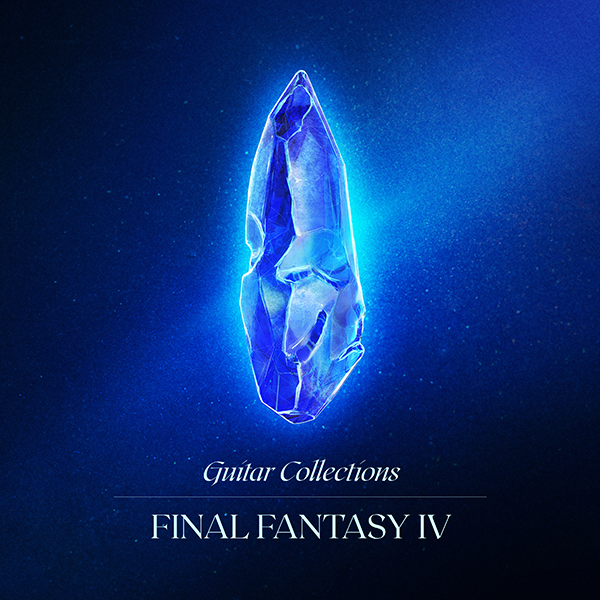

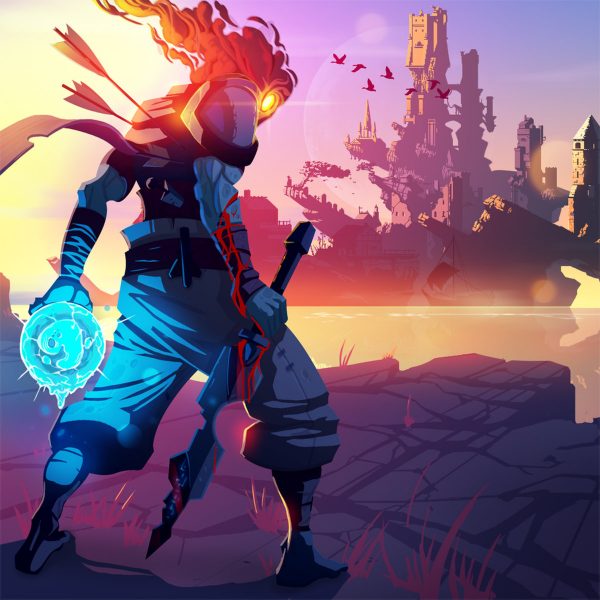
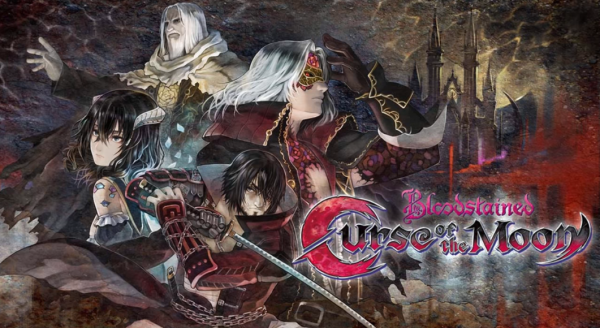
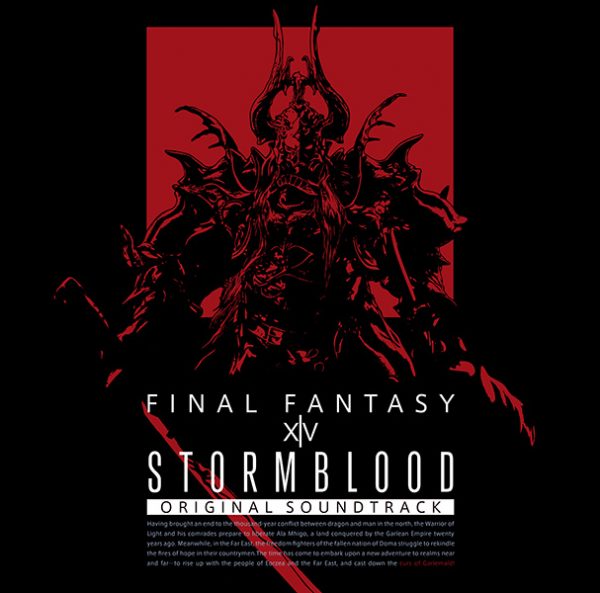
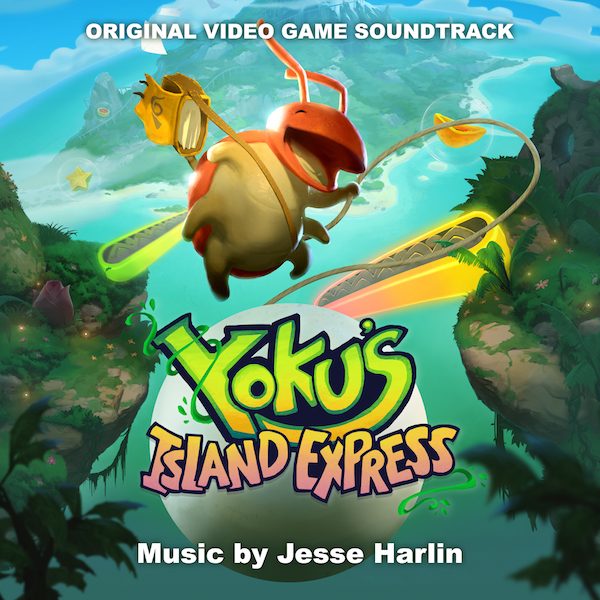
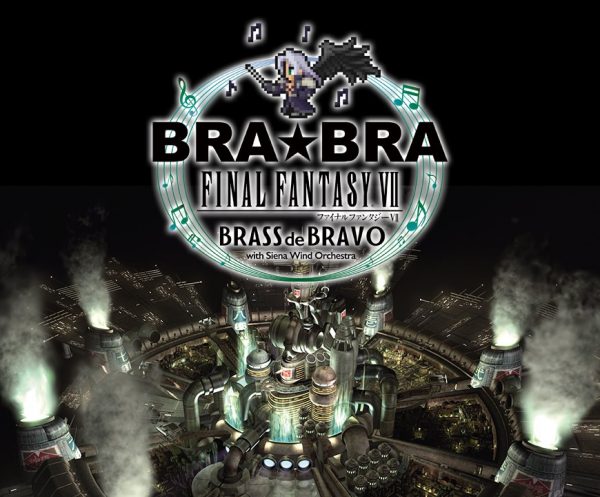
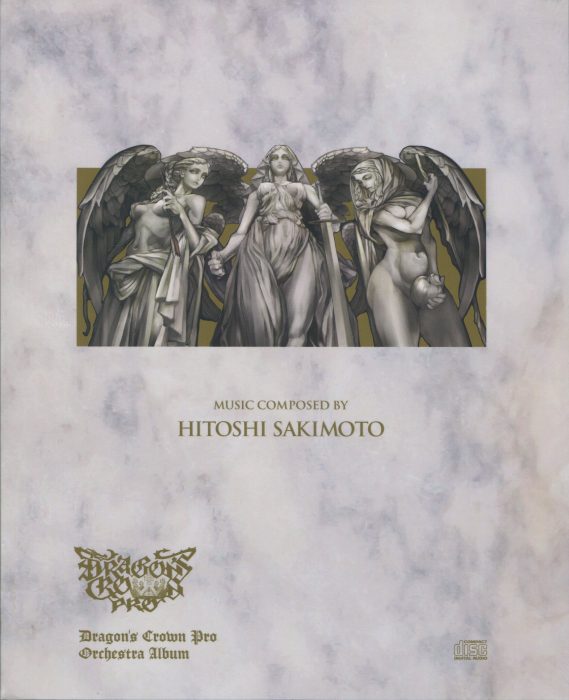
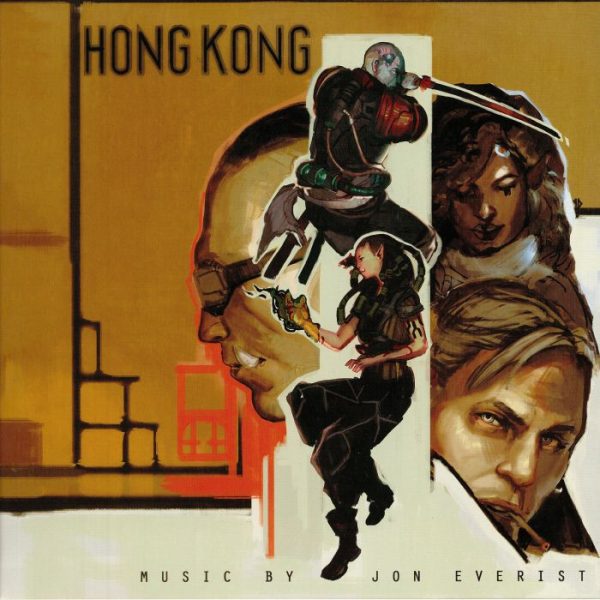
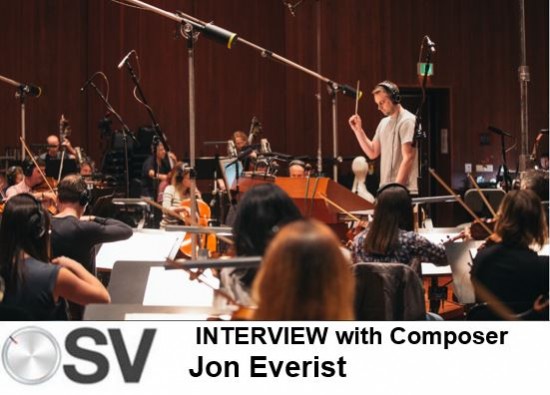
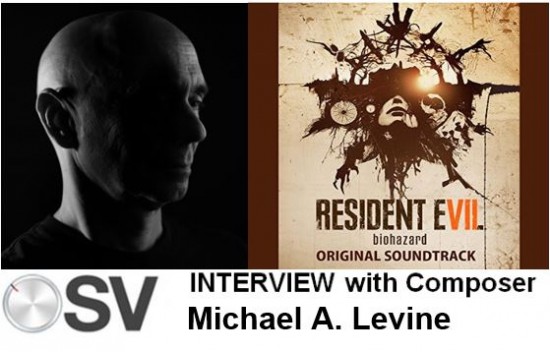
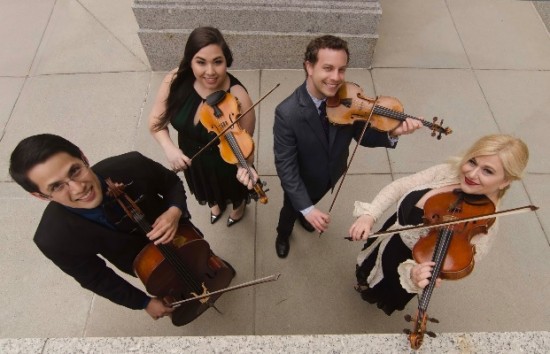
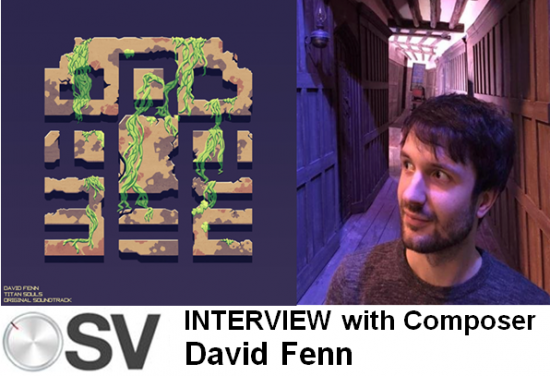
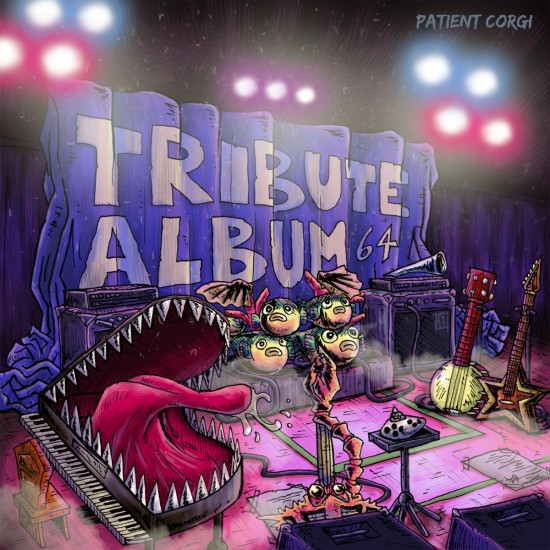
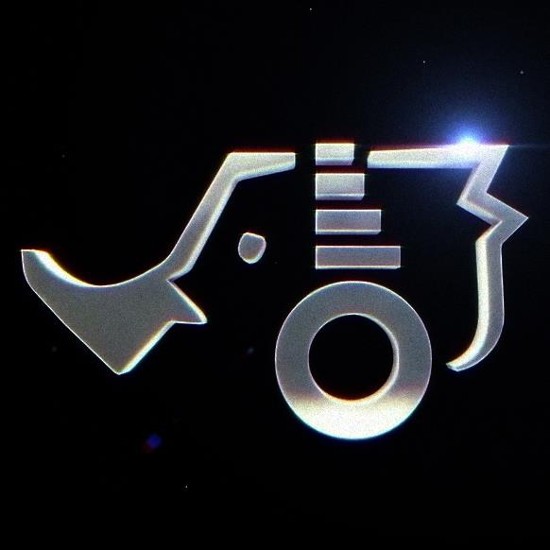
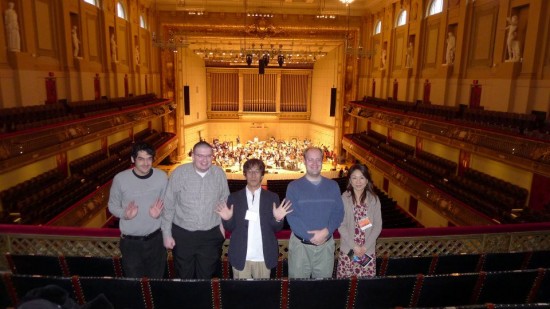
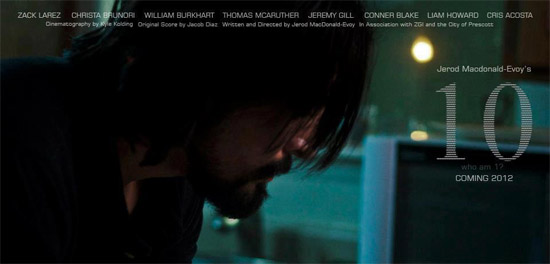
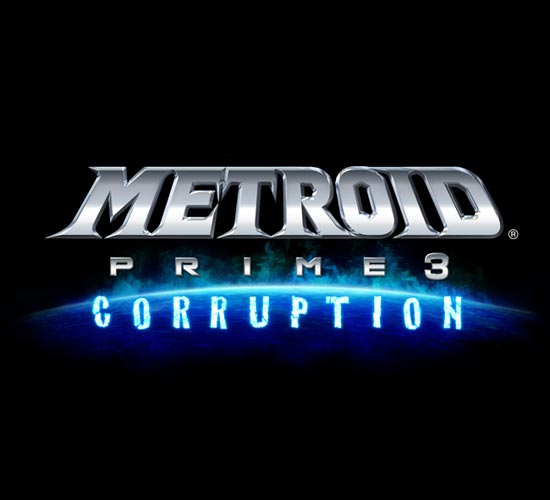




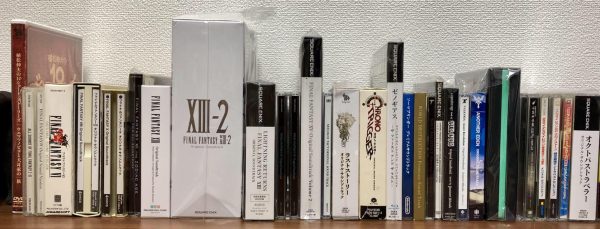
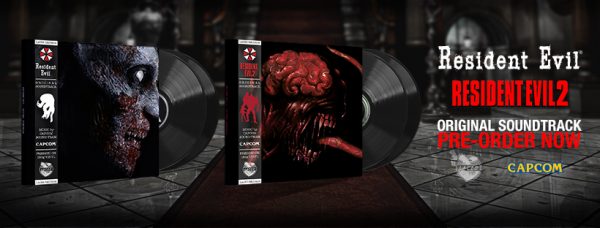
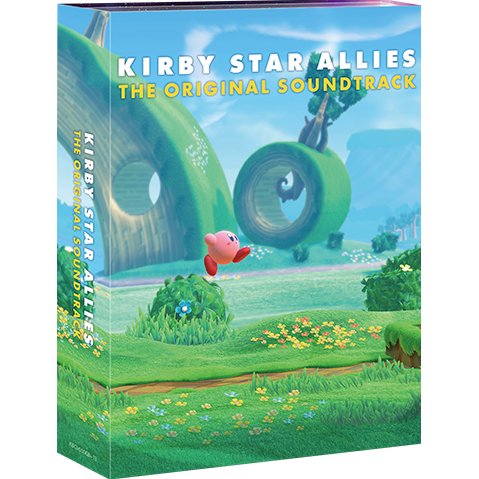

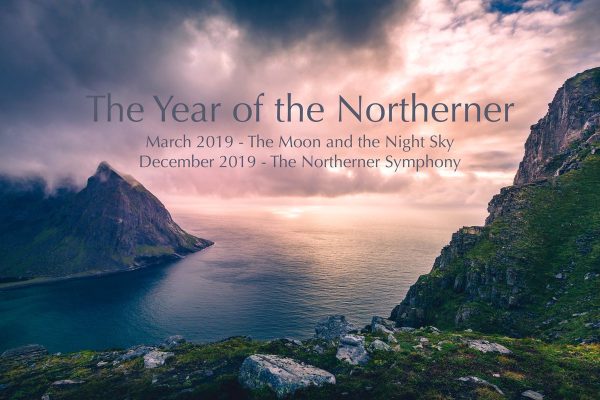
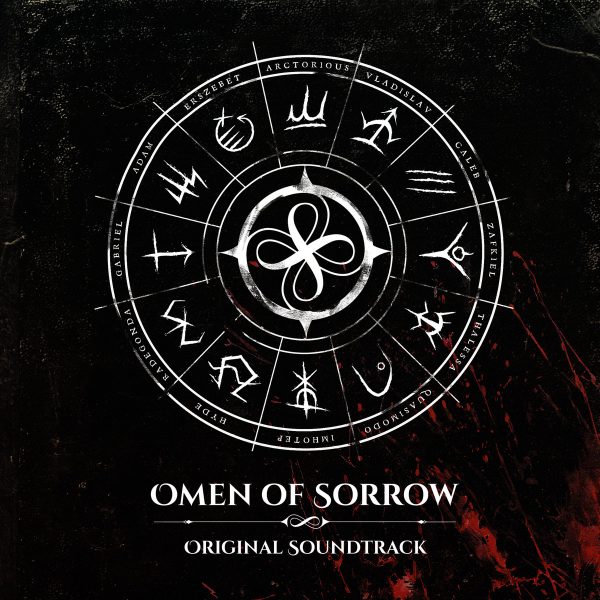
[…] Go to the author’s original blog: Original Sound Version » Blog Archive » When Anime and Game Music … […]
Dude, wait, what? Where did this come from! Must get, Hibino and Shimomura and Hosoe on the same disc? Yes please!
I can’t find any info about this anywhere, so I’m going to assume this review is actually a prank of sorts and you made the album up.
It truly exists. One of the best albums of 2008, in fact. I haven’t actually seen it for sale… try Play Asia?
Link exchange is nothing else except it is just placing the other
person’s web site link on your page at suitable place and other
person will also do similar in favor of you.
Hmm it seems like your website ate my first comment (it was extremely long) so I guess I’ll just sum it up what I
submitted and say, I’m thoroughly enjoying your blog.
I as well am an aspiring blog writer but I’m still new to everything.
Do you have any helpful hints for novice blog writers? I’d genuinely appreciate it.
Hi there! I know this is kinda off topic but I’d figured I’d ask.
Would you be interested in trading links
or maybe guest authoring a blog article or vice-versa?
My blog goes over a lot of the same subjects as yours and I believe we could greatly benefit from each
other. If you’re interested feel free to shoot me an e-mail.
I look forward to hearing from you! Superb blog by the way!
Excellent post. I certainly appreciate this website.
Thanks!